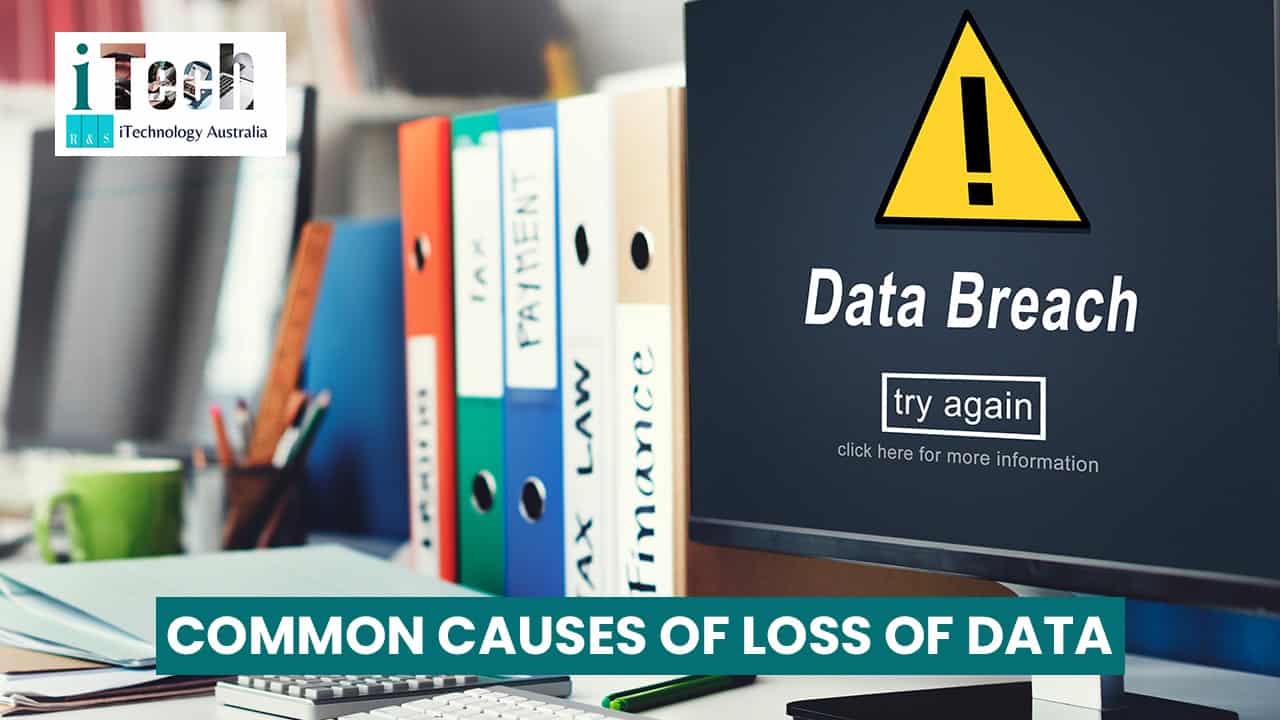
If digital archives have made our lives impossible easy – they are thoroughly easy to transport, save and protect. The truth is that you also have to make certain that you are able to thoroughly protect your data in an essential manner. There are many ways you can ensure that you are able to protect your data in a thorough manner. With the help of iTechnology Australia, you can make certain to not only receive the right guidance with regards to how to protect your data but also outsource the protection of your data to firms such as ours.
There are several ways in which you can protect your devices against any form of data loss. However, most people are not aware of these methods. In this blog post, you can make certain that you are able to understand these methodologies in an effective and essential manner. Following are some of the ways you can protect your data from a data loss of any kind:
Use Stronger Passwords
The first step you can take for making certain that you are able to protect your data has to be by putting it all behind passwords. One needs to make certain that they are using a strong password that can help to enhance the protection. It is typically advised to make certain that your password consists of uppercase and lowercase letters alongside numbers and symbols in a thorough manner.
Employ Multi-Factor Authentication
It is also advised that one should activate their multi-factor authentication to ensure that no one else apart from you can thoroughly gain access to your files and data in general. This process forces a person to verify that they are truly the owner of the system by forcing them to put in one time passwords.
Backup Your Files Regularly
The third step would be to make sure that you are able to backup your files in a thorough and regular manner. By ensuring this process, you can thoroughly make certain that even if your files get corrupted you have a copy of them stored elsewhere.
Keep Your Softwares Thoroughly Updated
In order to ensure that your data files are not corrupted, you need to make certain that you are able to keep your softwares actively updated. By having older versions of softwares, you put yourself at the risk of getting your files thoroughly corrupted. This can lead to a lot of stress and anxiety in the person. Therefore, the experts of iTechnology Australia make certain that you are able to thoroughly download newer versions of the softwares in a thorough and reliable manner.
Use Trustworthy Softwares
When you are downloading softwares, it is easy to think that you can make do with a software downloaded from any random source. However, it is thoroughly and actively important to make sure that you are able to find your softwares from trustworthy sources. This reduces the chances of accidentally downloading any viruses onto your computer and accidentally corrupting all the files.
Educate Yourself with Risks
It is also equally important to make certain that you are able to thoroughly and actively educate yourself about the various risks for data loss and recovery procedures. In order to ensure that no one in the company suffers, you must hold seminars and inform all your workers thoroughly about the dangers they could face if they are careless about how they navigate data files and the internet. This will make certain that people are more responsible with their actions.
In order to thoroughly make certain that you are able to protect your data in an essential manner, you need to follow all the aforementioned methods in a thorough and reliable manner. One needs to make certain that their data is actively protected behind layers of password and multi-factor authentication in a thorough and essential manner. With the help of iTechnology Australia, you can not only ensure to protect your data but if there is a loss of the same, you can contact our services to thoroughly recover the data for you. Losing your data can prove to be a stressful experience, however, with the help of iTechnology Australia, you can make certain that you are able to access data recovery services in a thorough and essential manner.
















